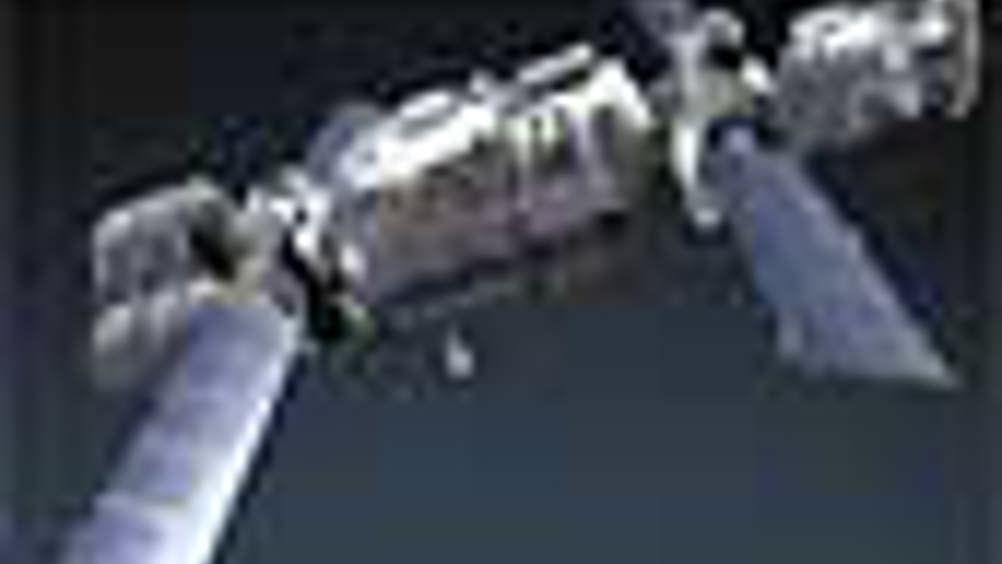Sight for space ‘eyes’

Researchers at Nottingham University’s department of electrical and electronic engineering are combining micro-electronics and optical sensors on a single chip to make Space Integrated Optical Sensors (SIOS).
Research leader Dr Matt Clark said: ‘The sensors will be of real use to space vehicles that have to dock with each other. When craft need to negotiate objects on the surface of a planet, for example Mars, and then land softly and safely back on the mother ship, extremely accurate sensors are needed.’
According to Clark, existing space sensors are too big, too heavy and use too much processing power. The new sensors his team are developing are just the opposite, and will enable spacecraft to view each other in 3D as well as allowing them to track debris from asteroids and examine the objects they have been sent into space to study.
In use, the new sensors will detect the light scattered from an object, allowing information such as its distance and size to be established. Data processing will be performed on the devices themselves, making them both fast an accurate.
Register now to continue reading
Thanks for visiting The Engineer. You’ve now reached your monthly limit of news stories. Register for free to unlock unlimited access to all of our news coverage, as well as premium content including opinion, in-depth features and special reports.
Benefits of registering
-
In-depth insights and coverage of key emerging trends
-
Unrestricted access to special reports throughout the year
-
Daily technology news delivered straight to your inbox










Water Sector Talent Exodus Could Cripple The Sector
Maybe if things are essential for the running of a country and we want to pay a fair price we should be running these utilities on a not for profit...